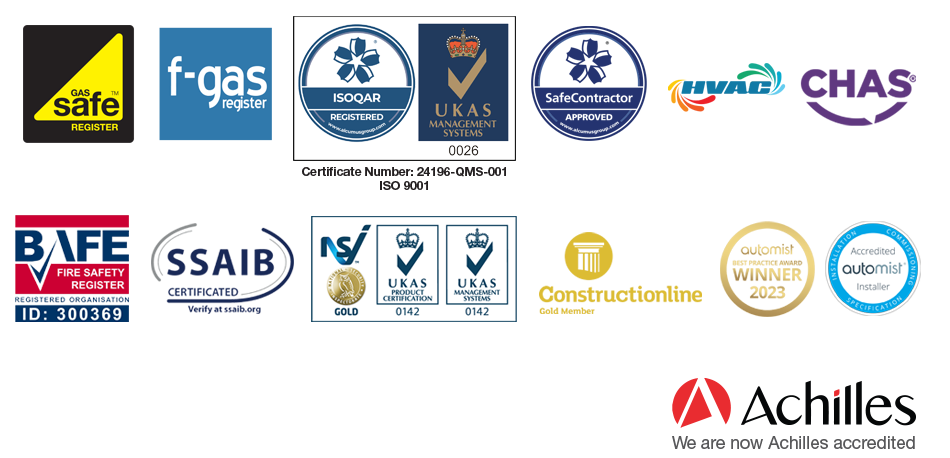Did you know that buildings represent 39% of greenhouse gas emissions in the UK? And more worryingly, that 28% of that comes from the energy needed to heat, cool and power them. It’s not something you think about often, but if we’re looking to take action on climate change, then reducing the carbon emissions of buildings is a great place to start. And it turns out that world leaders have noticed this too, as they have announced a new scheme called the ‘zero carbon buildings initiative’, designed to help unite leaders in decarbonizing the building sector and repairing some of the climate damage done.
The Zero Carbon Buildings Initiative
The Zero Carbon Buildings Initiative was first launched in 2019 at the UN Secretary-General’s Climate Action Summit in New York, with the aim of incentivising leaders across sectors to come together and meet climate goals by decarbonizing the construction industry. The core components of this initiative include securing commitment from:
- National and local leaders to develop and implement policies to drive decarbonization of all new buildings by 2030 and all existing buildings by 2050.
- Financial and industry partners to provide expert input and commit $1 trillion of market action by 2030.
Our own UK government was one of the first to announce their commitment to this initiative, and have also announced their goal to achieve net zero emissions by 2050. Since a large portion of carbon emissions are generated by buildings, this is one of their first focus points.
The importance of this has been brought to light again very recently by retail giant Marks and Spencer, who announced plans to demolish their flagship store in Oxford Street and construct a new replacement structure. This sounds all well and good, until you realise that the demolition and construction process for that project alone would create so much carbon dioxide that 2.4 million trees would need to be planted just to offset it. And that’s just one building!
So it’s no surprise that the first call is for existing buildings to be retrofitted wherever possible with zero carbon solutions, rather than knocked down and a new building erected. This will save a significant amount of carbon by itself, and if new buildings are being designed and constructed in a carbon neutral fashion, suddenly zero carbon buildings become a lot more achievable.
Zero Carbon HVAC
One of the bigger focuses for both existing and new buildings in reducing carbon emissions lies in the HVAC systems. Global warming has resulted in more electricity demand to provide air conditioning and heat in areas that previously didn’t require as much, leading to higher costs for the owners and higher carbon emissions. Even with a decarbonized energy supply, energy efficiency in HVAC systems needs to be a top priority. This includes steps like integrating building management systems, automating building controls and installing energy efficient or renewable solutions for heating, cooling and conditioning the air. If planned properly it is absolutely possible, but it’s one of those things that should be done sooner than later.
Why Act Now?
Put simply, because this is something that can’t be put off. It’s not an optional rule that you can just decide not to follow – it’s something the government will be enforcing and monitoring fairly rigorously. So at some point you will have to review your building and make changes. Zero carbon emissions buildings are relatively simple to build from scratch, but because this initiative applies to all buildings you will have to do some remedial work to bring all of your properties up to code. This is going to cost a lot of money, and it will be easier for you to bear if you were to spread that cost over the 10 years, rather than have to invest a huge amount in one go later on. For reference, the average cost to transform a standard block of flats into a zero carbon building is about £500,000 – half a million pounds.
At Bonus Eventus Maintenance we are passionate about the environment and reducing the carbon footprint of our own business as well as our clients. We are currently consulting with a number of block and facilities managers on the changes that would need to be made to their HVAC systems to meet this target, and if you’re in a similar position we’d love to help you too. Just get in touch with the team today for a free consultation. And if you want to know more about energy efficient HVAC solutions, keep an eye on the blog, as we’ll be talking more about it in the new year!
